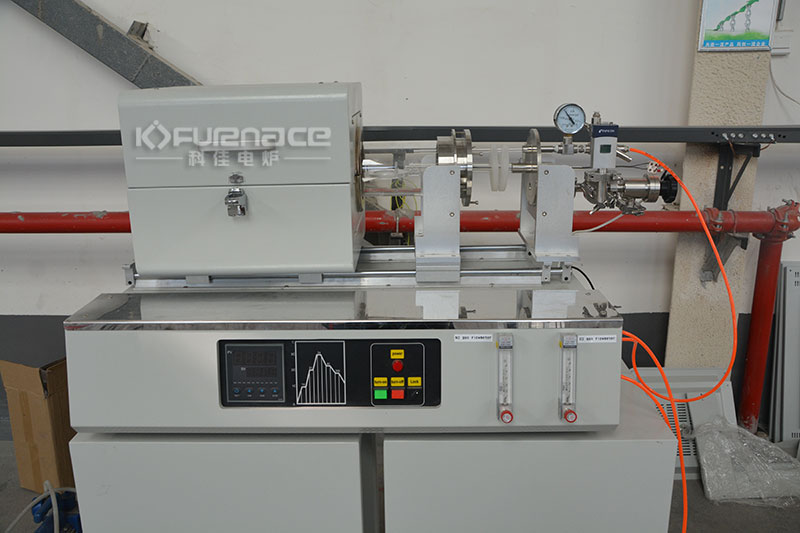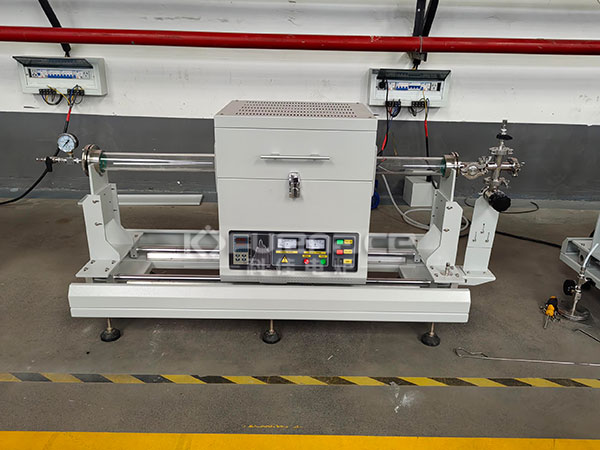When choosing a semiconductor annealing furnace, multiple factors need to be considered to ensure that the selected equipment can meet production needs and have good performance. Let’s take a look at the key points for choosing an RTP rapid annealing furnace below!

RTP fast annealing furnace commonly used for semiconductor annealing (click on the image to view product details)
1. Clarify application requirements
Purpose: Firstly, clarify the main purpose of the annealing furnace, such as semiconductor manufacturing, metal material processing, etc. Different application requirements correspond to different device specifications and functions.
Process requirements: Understand the specific process requirements in the semiconductor manufacturing process, such as temperature range, heating rate, cooling rate, etc., to ensure that the selected equipment can meet these requirements.
2. Equipment performance parameters
Temperature range: Rapid annealing furnaces typically have a wide temperature range, ranging from several hundred degrees Celsius to several thousand degrees Celsius. Select the appropriate temperature range according to the process requirements.
Heating rate: Heating rate refers to the rate at which the system heats the sample, usually measured in degrees Celsius per minute. Rapid heating rate helps improve production efficiency.
Cooling rate: Cooling rate is equally important, usually measured in ℃/minute. Rapid cooling helps to improve the performance of specific wafers.
Temperature control accuracy: For precision processes, the accuracy of temperature control is crucial. Better equipment can achieve temperature control accuracy of less than ± 1 ℃, ensuring the repeatability and stability of the process.
Temperature uniformity: The rapid annealing furnace must have good temperature uniformity to ensure smaller temperature differences throughout the entire processing area. This is directly related to the quality of annealing effect.
3. Equipment specifications and capacity
Processing area size: The size of the processing area determines the number and size of wafers or samples that can be processed. Select appropriate processing area sizes based on production requirements, such as 6 inches, 8 inches, 12 inches, etc.
Heating area and capacity: Ensure that the heating area and capacity of the annealing furnace can meet production needs, avoiding the decrease in production efficiency caused by frequent sample or batch changes.
4. Equipment brand and after-sales service
Brand selection: Choose familiar brands and suppliers with good reputations, which helps ensure the quality and reliability of the equipment.
After sales service: Check whether the supplier provides comprehensive after-sales service, including equipment installation, debugging, training, as well as technical support and maintenance in the later stage.
5. Equipment energy consumption and environmental performance
Energy consumption level: Choosing an energy-saving annealing furnace can help reduce production costs. Pay attention to the energy efficiency ratio and energy consumption indicators of the equipment.
Environmental performance: Pay attention to the environmental performance of the equipment, such as exhaust emissions, noise, etc., to ensure that the equipment complies with relevant environmental regulations.
6. Considering cost-effectiveness comprehensively
When selecting, it is necessary to comprehensively evaluate the performance, quality, price, after-sales service and other factors of the equipment, and choose products with high cost-effectiveness. Don’t just pursue low prices and ignore the performance and quality of the equipment.
7. Technical support and training
Understanding whether suppliers provide technical support and training services can help solve problems and improve operational efficiency during use.

A slide tube furnace commonly used for annealing semiconductor materials (click on the image to view product details)
In general, when choosing a semiconductor annealing furnace, it is necessary to comprehensively consider multiple factors such as specific application requirements, equipment performance parameters, specifications and capacity, brand and after-sales service, energy consumption and environmental performance, and cost-effectiveness. Through comprehensive comparison and evaluation, choose the annealing furnace equipment that is more suitable for your production needs.Click to learn more tube furnaces! Or click on online customer service to learn more about product information!